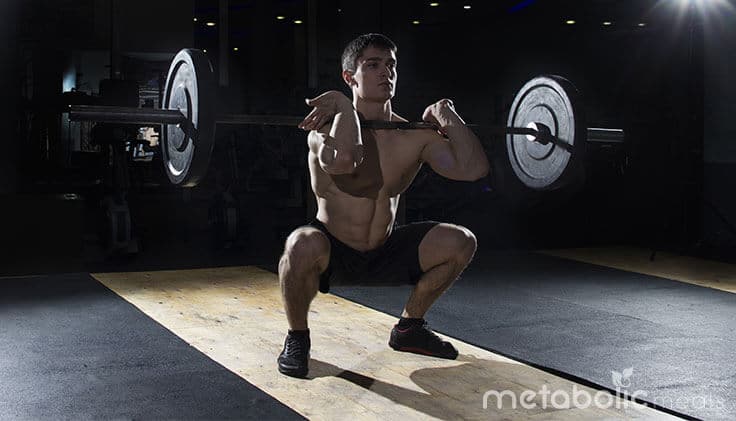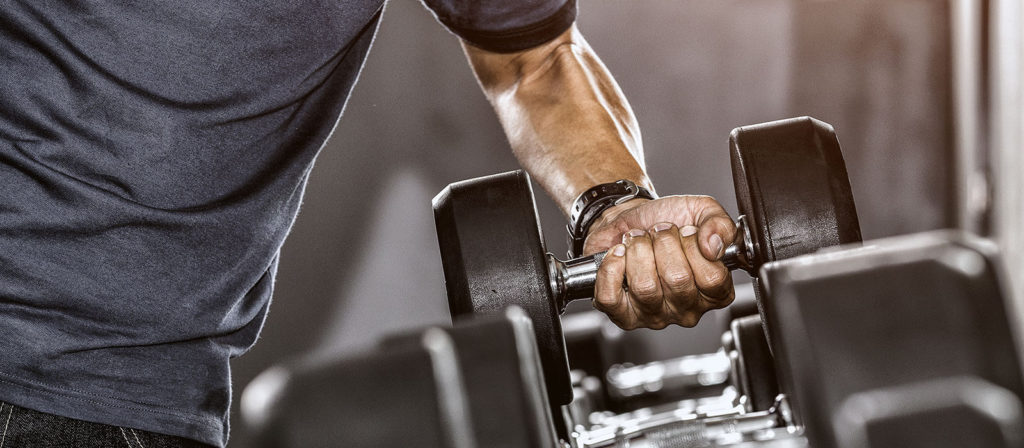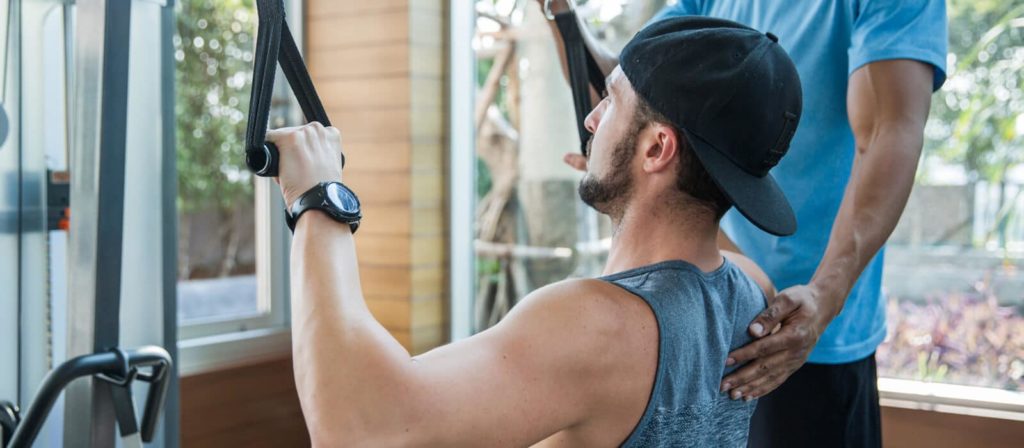ARTICLE AT A GLANCE
Eccentric (or negative) muscle movements are excellent for building strength and flexibility, but they’re not always emphasized in CrossFit. By making a few adjustments to your routine, you can better utilize eccentrics to give you an advantage during competition. In this blog, you’ll learn:
When you move, your muscles contract two ways: concentrically and eccentrically. Concentric motion occurs when the contraction causes the muscle to shorten. Eccentric motion is activated when the muscle lengthens while exerting force under weight.
Eccentric motions are sometimes referred to as yielding, or negative, contractions. For example, descending into a squat from a standing position by flexing your knees and hips is an eccentric contraction. Returning to the standing position from the squat is a concentric motion.
Because eccentric contractions require more control, they’re more challenging to accomplish with heavier loads — which is a good thing. Building up your eccentric strength improves overall stability and control; training without it is like building a house on sand.
Why Eccentric Strength Matters in CrossFit

The potential for improved eccentric strength is higher than it is for concentric strength. Generally, you exert as much as 50% more force eccentrically than concentrically. Using special techniques, you can extend most sets beyond concentric failure, leading to more time under tension, more muscle fiber damage, and ultimately, more hypertrophy.
Focusing on eccentric training allows lifters to handle greater loads and has been used to rehab injured tendons for years. It’s also often used to fortify the healthy tendons of high-performance athletes by helping them absorb force more efficiently, which makes their tendons more injury-resistant.
When you limit or even omit eccentric movements, you reduce the amount of strength you gain from resistance training. Speed and time are huge elements of CrossFit, but if you’re trying to complete a workout as quickly as possible, you’re not making the most of slow, controlled eccentric actions.
When you’re racing against the clock during a competition, it’s not the time to prioritize eccentric contractions. But ultimately, more strength and power translate into better performance during timed events. To maximize your strength and power potential, you need to train with an eccentric emphasis.
Making CrossFit Exercises More Eccentric
Competitive CrossFit training typically involves ramping up volume, intensity, and frequency. Heavy weights and high velocities are necessary for peak performance, but they can take a toll on your body.
To regroup after a competition, use a three- to four-week phase that emphasizes dumbbells and machine work. Two- to five-second eccentrics will give you greater control, stability, and time under tension for each set. The stimulation will be different from heavy and/or high-velocity barbell work, but it will still be challenging while allowing for much-needed recovery.
A1. Dumbbell Split Squat = 3-4 seconds x 8-10 reps
A2. Lying Leg Curl (toes in and plantarflexed) = 3-4 seconds x 8- 10 reps
B1. Leg Press = 3-4 seconds x 10-12 reps
B2. Dumbbell Romanian Deadlift = 3-4 seconds x 10-12 reps
C1. Hanging Leg Raise = 3-4 seconds x 10-12 reps
C2. One-Leg Dumbbell Calf Raise = 3-4 seconds x 10-12 reps
Because larger muscles produce more force, lifters should focus on hypertrophy to take their performance to the next level.
The following are just a few eccentrically-focused techniques that can be used as assistance exercises after completing your main lower body work:
1. Eccentric Leg Curl
Pulling your toes in toward your shin during a leg curl (dorsiflexion) allows the calf to help in flexing the knee. When pointing your toes out (plantarflexion), you’re not quite as strong in the calf, so the hamstrings take more of the load. To eccentrically overload the hamstrings, do the concentric movement in a dorsiflexed position, pause at the tip of your toes, then slowly lower yourself for about five seconds in a plantarflexed position.
2. Advanced Eccentric Leg Curl
For a more advanced eccentric leg curl, use two limbs for the concentric part of each rep and one limb for the eccentric portion. Use a slow, controlled, four- to six-second eccentric movement, and be conservative with weight. Start with slightly more weight than you would use for a unilateral leg curl and perform all reps for one leg before switching to the other. The 2:1 method is also great for quad development when doing leg extensions and leg presses.
3. Eccentric Glute-Hamstring Raise
Hold a dumbbell or weight plate to your chest and perform a normal glute-hamstring raise through the concentric range. Then, extend the weight overhead before lowering yourself to the start position. Extending the weight overhead elongates the lever arm and greatly increases resistance. You might need a lighter weight than you’re used to, though you can also drive up your maximum squat and deadlift strength with the same technique. Choose only one variation per training phase.
4. Deficit Deadlift with Eccentric Pauses
Increase your deadlift range of motion by standing on a sturdy platform one to three inches high. Perform a normal deadlift rep through the concentric range. During the eccentric range, you’ll pause twice for three seconds each – first at just below the knee, and again an inch above the floor. Focus on maintaining a perfect position; you might feel yourself shaking a little. For added range of motion and difficulty, try using a snatch grip.
5. Eccentric-Only Deadlift
This is a very demanding exercise that should be only be attempted by advanced lifters. There is no concentric portion because the bar starts in hooks set above the knee. Stand up with the bar, step back, and perform a super-slow eccentric deadlift. Start with approximately 80-85% of your deadlift max, use a 10-second eccentric, and do only one rep per set. Either decrease the weight or have partners help you before returning the bar to the hooks for your next set.
6. Eccentric Split Squat to Pins
This a step up from the 2:1 leg extension and leg press and has greater carryover to front and back squat performance. Set the safety pins in the power rack two to three inches above the bottom position of your split squat range. Perform a slow eccentric split squat to the safety pins. Perform all reps for one leg before switching to the other.
7. Eccentric Front Squat to Pins
To perform eccentric front squats to pins, use the same setup as the eccentric split squat from above, with the pins set two to three inches above the bottom position of your front squat range. With a front rack position, slowly lower the weight to the pins. For optimal results, stick to one to five reps per set.
Slow eccentric movements might seem counterproductive to the intensity that CrossFit competitors are known for. However, studies have shown a direct correlation between focused eccentric movements and increased strength gains. This can be a significant advantage during competition, which means emphasizing eccentric work can significantly boost most aspects of your training.






